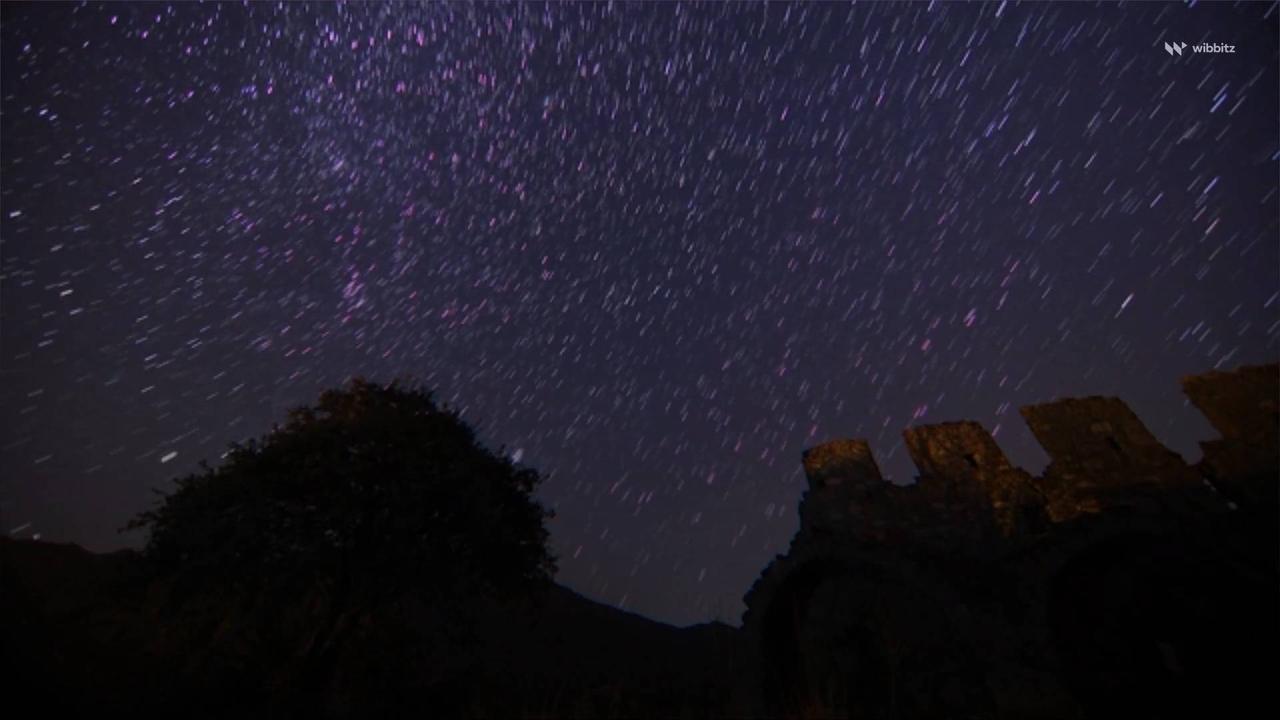
Geminid Meteor Shower , Peaks This Week.
On December 14, the Geminids will take center stage as the last meteor shower of 2023 to illuminate the night sky.
.
The annual meteor shower is expected to peak on the night of December 14 and remain visible until the morning of December 15.
'The Independent' reports that the "meteor storm" is known as one of the most consistently spectacular meteor showers.
.
The Geminids meteor shower will be peaking this week, offering views of one of the year’s most prolific meteor showers against the darkness of the winter’s sky, Dr Minjae Kim, Research fellow in the physics department at the University of Warwick, via 'The Independent'.
This year, astronomers say that up to 150 meteors are expected to be visible every hour.
.
The Geminids are observable worldwide due to their nearly 24-hour peak duration, making them accessible during both night and predawn hours, Dr Minjae Kim, Research fellow in the physics department at the University of Warwick, via 'The Independent'.
The Geminids are observable worldwide due to their nearly 24-hour peak duration, making them accessible during both night and predawn hours, Dr Minjae Kim, Research fellow in the physics department at the University of Warwick, via 'The Independent'.
'The Independent' reports that the Geminids come from a rocky asteroid called 3200 Phaethon, which has a comet-like orbit.
An interesting feature of the Geminids is that their radiant point, where the meteors seem to originate from, rises in the mid-evening, Dr Minjae Kim, Research fellow in the physics department at the University of Warwick, via 'The Independent'.
The Geminid meteor shower was first observed in 1862.
Particles as small as grains of sand can be seen streaking across the sky, and the annual astronomical event is believed to be intensifying over time.
Particles as small as grains of sand can be seen streaking across the sky, and the annual astronomical event is believed to be intensifying over time.
These meteors are known for their brightness, speed and typically yellow hue, Dr Minjae Kim, Research fellow in the physics department at the University of Warwick, via 'The Independent'
